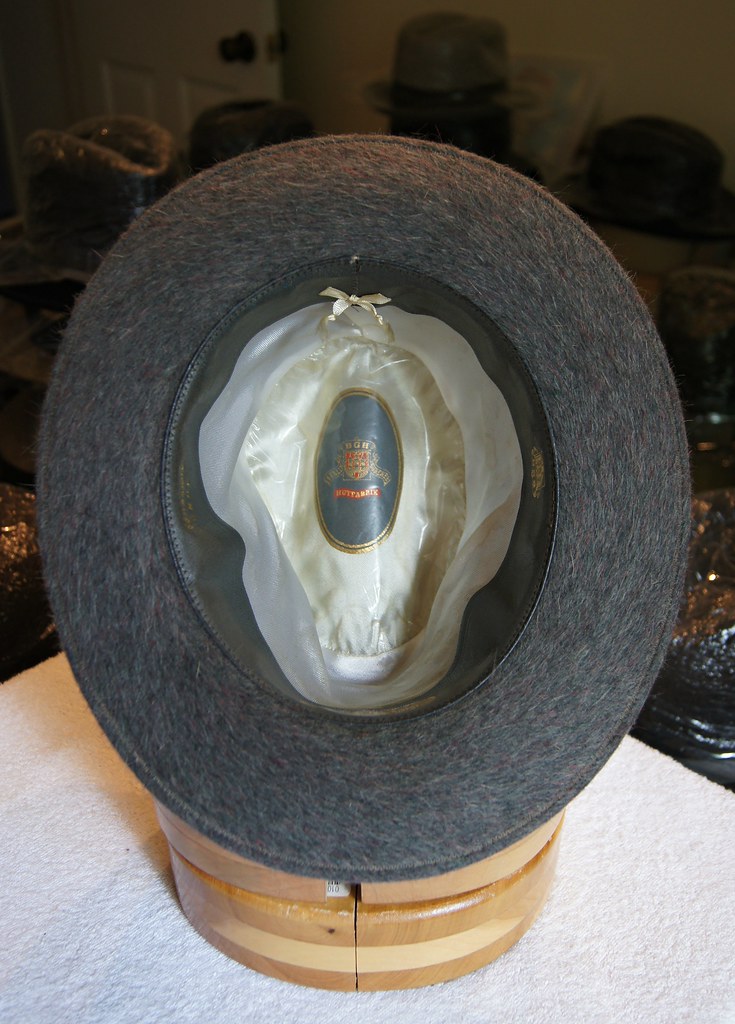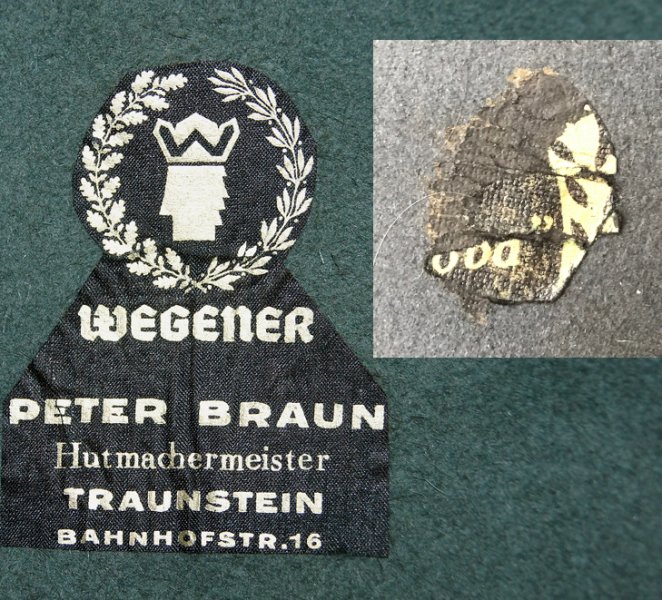- Messages
- 17,698
- Location
- Maryland
JHS used "Flexible" for both Soft and Stiff Felt Hats. Not sure the reason other than marketing.That's a really nice hat. What does "Flexible" mean? Is it crushable then?
What makes the age difference between our hats?
I base the dating on JHS Soft Felts that I know are from a specific time. For example they were made after German occupation so JHS Soft Hats from that time period have the same paper label types. Also components and construction changed over the years so in that case it's an educated guess. Marks like "Flexible" & "Standard" came in to use in the early 1920s post WWI. There is a lot information in the JHS page on my website. You are looking at a time period of ~ 1921 to ~ 1942.
J. Hückel´s Söhne Soft Felts Post WWI Paper Label Types
https://germanaustrianhats.invision...tfabrik-weilheim/?do=findComment&comment=2851

























